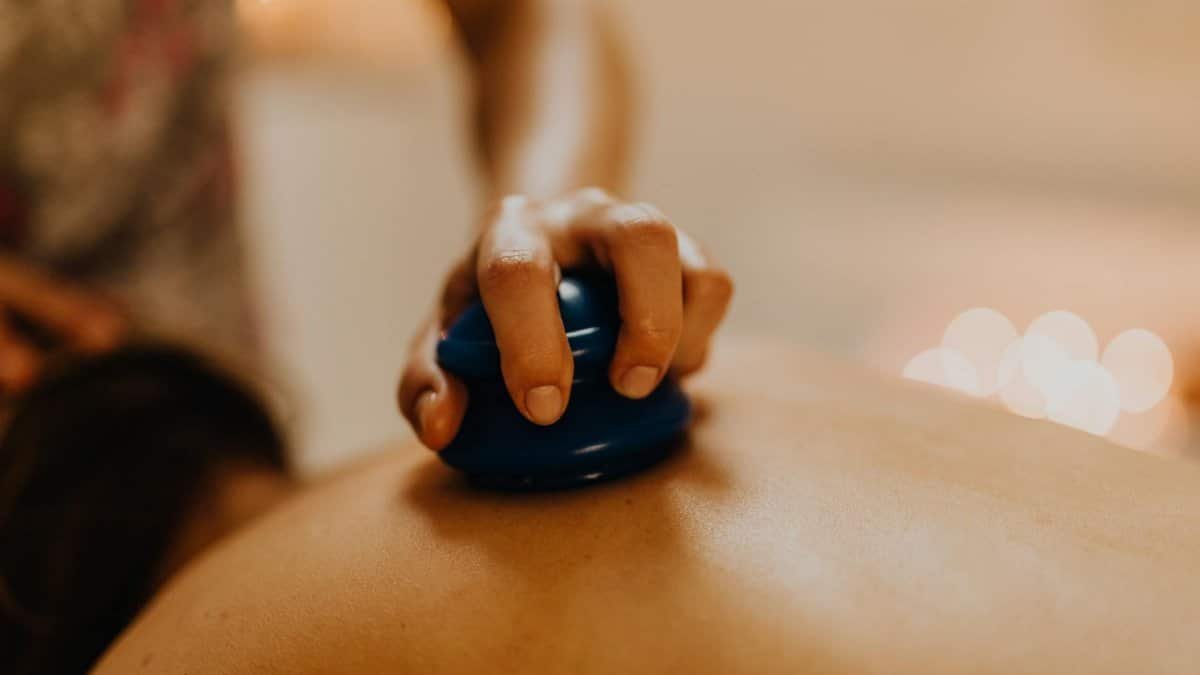Something striking emerged from a 2023 survey by the American Psychological Association. It showed that 42 percent of adults reported higher stress levels than the previous year, with many turning to mindfulness practices for relief. This uptick highlights a growing recognition of how our bodies signal the need for inner repair. Healing mindfulness, at its core, invites us to tune into these signals. It is not about ignoring pain but acknowledging it as a guide. In bustling cities like New York or Los Angeles, people are increasingly pausing amid the chaos to listen. A quiet breath here, a moment of stillness there. These small acts build resilience. Yet, the real shift happens when we understand what our bodies whisper about unresolved wounds. This approach is reshaping how Americans approach personal growth in 2025, blending ancient wisdom with modern science. As stress mounts, healing mindfulness offers a path to reclaim calm.
The Roots of Healing Mindfulness
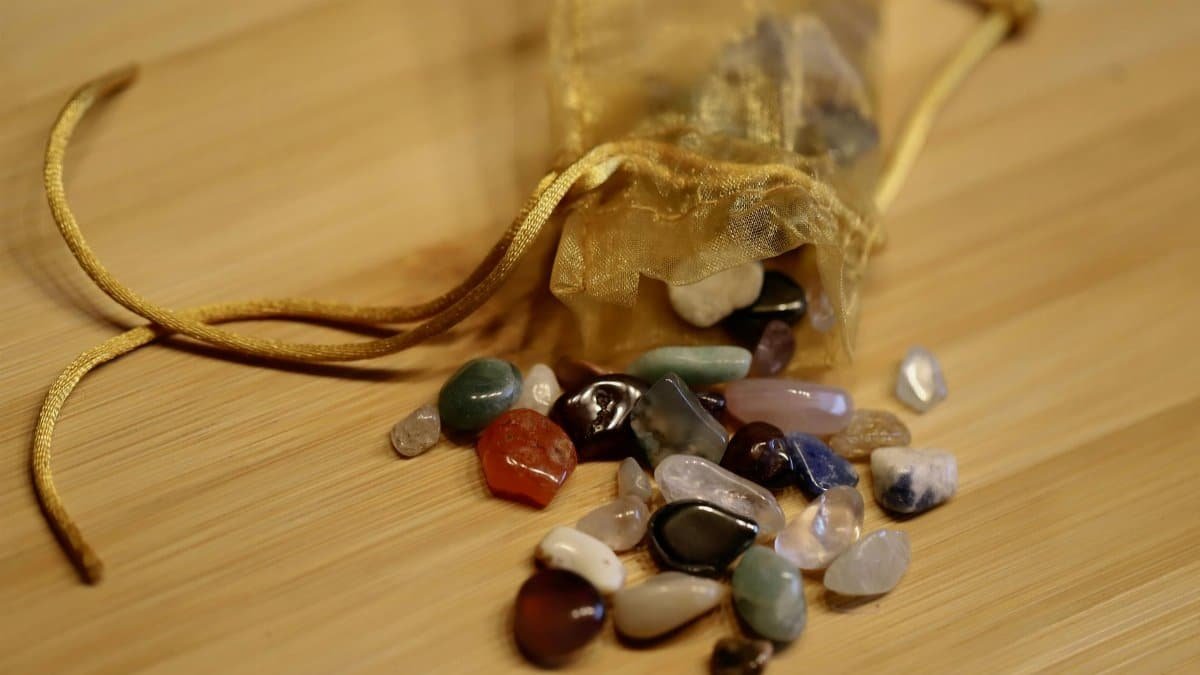
Tracing back to ancient traditions, healing mindfulness draws from practices like Buddhism and indigenous healing rituals. These methods emphasized presence as a way to mend emotional scars. Fast forward to today, and researchers are validating these ideas with data. A study from Harvard Medical School explored how mindfulness reduces inflammation linked to chronic stress. Participants who practiced daily reported lower cortisol levels after just eight weeks.
Imagine a veteran teacher in Chicago, overwhelmed by classroom demands. She starts with simple breathing exercises. Over time, her anxiety eases. This is not magic. It is the body responding to intentional awareness. Science backs it up. The National Institutes of Health notes that such practices can rewire neural pathways, fostering emotional regulation.
Yet, tensions arise. Not everyone finds it easy to sit with discomfort. For some, it stirs up buried memories. That is where the healing part comes in, gently confronting what festers beneath the surface.
Listening to Bodily Signals
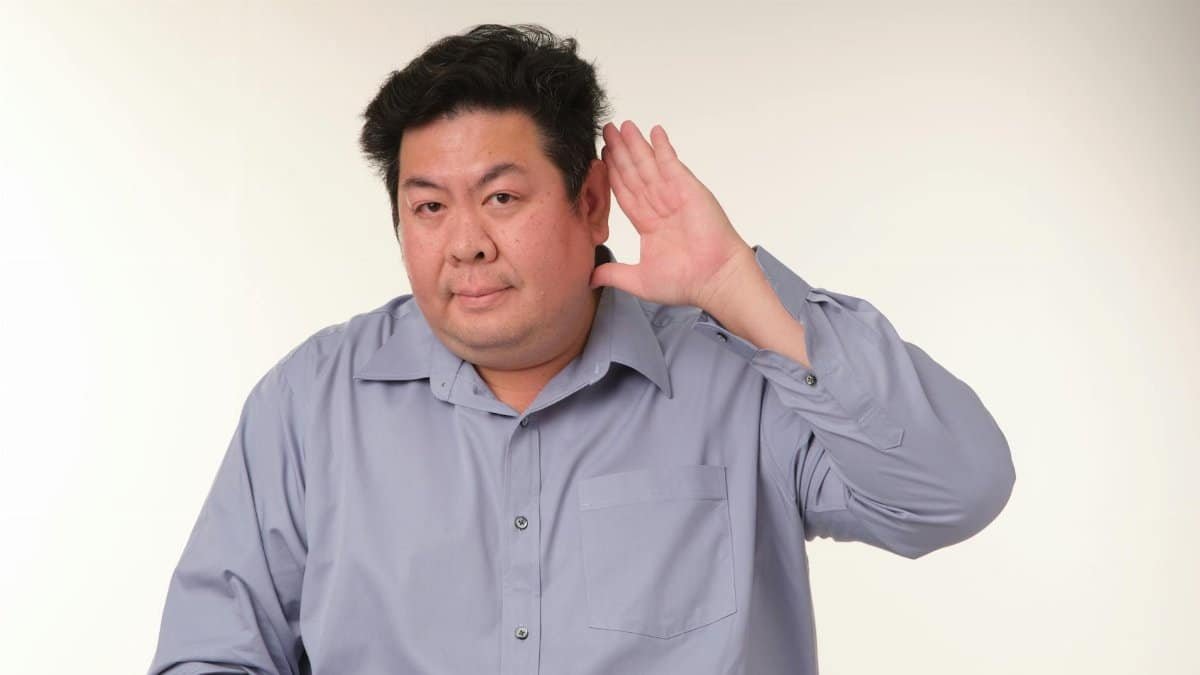
What if a persistent headache was more than dehydration? Often, it points to unaddressed tension. Healing mindfulness teaches us to interpret these cues without judgment. Start by scanning the body during a quiet moment. Feel the tightness in your shoulders. Ask what it means.
One anonymous account shared publicly described a turning point: “My chest felt heavy for months. Through mindfulness, I realized it was grief I hadn’t processed.” Stories like this surface in online discussions, revealing how physical sensations mirror emotional states.
Experts agree. A report from the American Psychological Association outlines how ignoring these signals leads to burnout. In contrast, attuning to them promotes recovery. It is practical. No fancy tools needed, just attention.
Of course, it is not always straightforward. Distractions abound in our digital age. Still, persistence pays off, turning vague discomfort into actionable insight.
Overcoming Common Barriers

“I do not have time,” many say when considering mindfulness. Busy schedules in 2025 America make it tough. Work emails ping constantly. Family demands pull in every direction. Yet, barriers like these are surmountable.
Consider a single parent in Atlanta juggling two jobs. She carves out five minutes before bed. It starts small, but builds. Research from the National Center for Biotechnology Information shows even brief sessions yield benefits, like improved sleep and reduced anxiety.
Another hurdle: skepticism. Does this really work? Doubts fade with evidence. A Pew Research Center poll found 55 percent of Americans now view mindfulness positively, up from a decade ago. But impatience can derail progress. Healing is not linear. Some days feel like setbacks.
Address this by setting realistic goals. Track subtle changes, like feeling less reactive in traffic. Over time, these accumulate into profound shifts.
Integrating Mindfulness into Daily Life
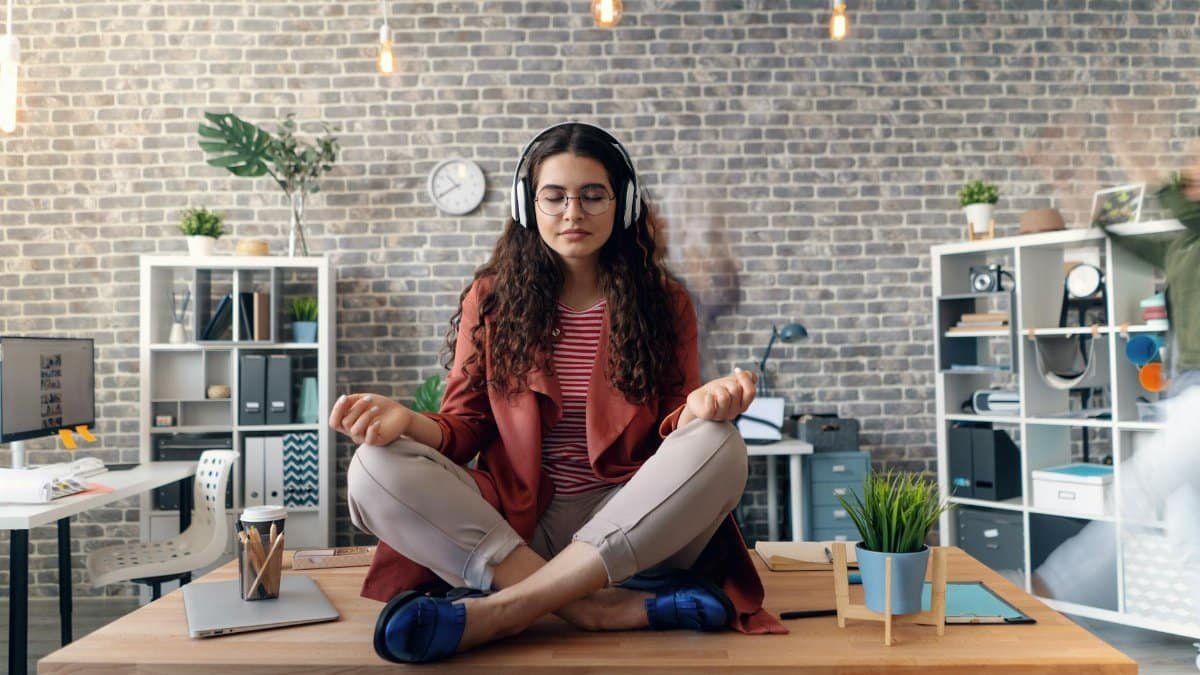
Healing mindfulness fits seamlessly into routines. During a morning commute, focus on your breath instead of scrolling. At lunch, savor each bite mindfully. These habits ground you.
Take the example of a software engineer in Seattle. Amid deadlines, he pauses to notice his racing thoughts. “It is like hitting reset,” he reflects. This mirrors findings from a University of California study, where workplace mindfulness programs boosted productivity by 20 percent.
Relationships benefit too. Mindful listening deepens connections. Instead of reacting, pause and respond. It fosters empathy, healing old rifts.
Challenges persist. Multitasking tempts us. But committing to one thing at a time reveals hidden joys. In essence, it transforms mundane moments into opportunities for restoration.
The Science Behind the Practice
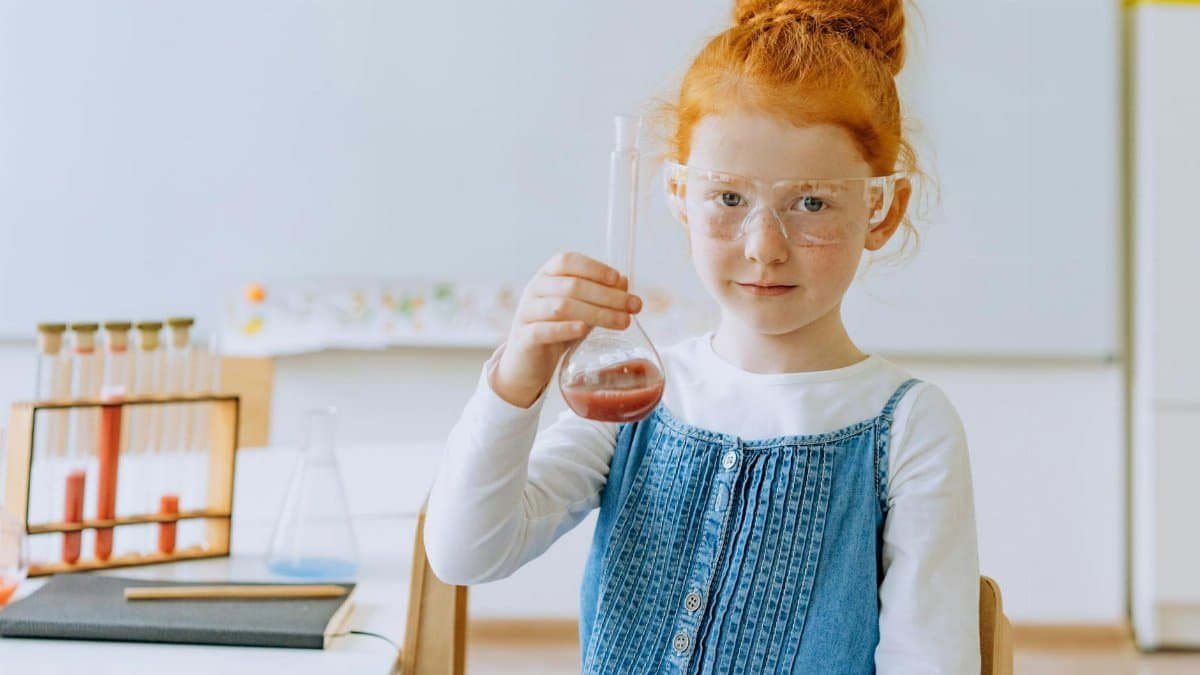
Neuroimaging tells a compelling story. MRI scans show mindfulness thickens the prefrontal cortex, the brain’s hub for decision-making. This counters the thinning caused by chronic stress.
A landmark study published in the JAMA Internal Medicine reviewed over 47 trials. Results? Significant reductions in anxiety and depression symptoms. Participants practiced forms of healing mindfulness, leading to measurable improvements.
Physiologically, it lowers blood pressure. The body’s fight-or-flight response dials down. Imagine a nurse in a hectic ER ward using quick meditations between shifts. Her heart rate steadies, focus sharpens.
Critics question long-term effects. More research is needed, they say. Fair point. Yet, emerging data from 2025 studies suggests sustained practice yields lasting brain changes. It is not hype; it is biology at work.
Emotional Wounds and Mindful Recovery

Trauma leaves imprints. Healing mindfulness gently uncovers them. It is not therapy, but a complement. By observing emotions without attachment, we process pain.
Picture a conversation in a support group: “I felt the anger rise, but I watched it pass like a cloud.” This detachment heals. The U.S. Department of Veterans Affairs incorporates it for PTSD treatment, reporting better outcomes.
In personal growth, it reveals patterns. Why do certain triggers unsettle us? Awareness breaks cycles. For middle-aged readers facing midlife transitions, this is invaluable. Careers shift, kids leave home. Mindfulness anchors amid change.
Nuance matters. Not all wounds surface easily. Patience is key. Sometimes, professional help pairs best with these practices.
Cultural Shifts and Broader Impacts

In 2025, healing mindfulness permeates culture. Apps like Headspace boast millions of users. Schools teach it to kids. Corporations offer wellness programs.
This shift addresses a collective ache. Post-pandemic, mental health conversations normalized. A CDC report highlights rising demand for such tools. Communities form around shared practices, from yoga studios to online groups.
Yet, accessibility varies. Rural areas lag in resources. Efforts like telehealth mindfulness sessions bridge gaps. One participant shared: “It connected me to others feeling the same isolation.”
Broadly, it fosters societal empathy. When individuals heal, communities strengthen. Think reduced workplace conflicts or kinder public discourse. The ripple effects are profound.
Building a Sustainable Practice
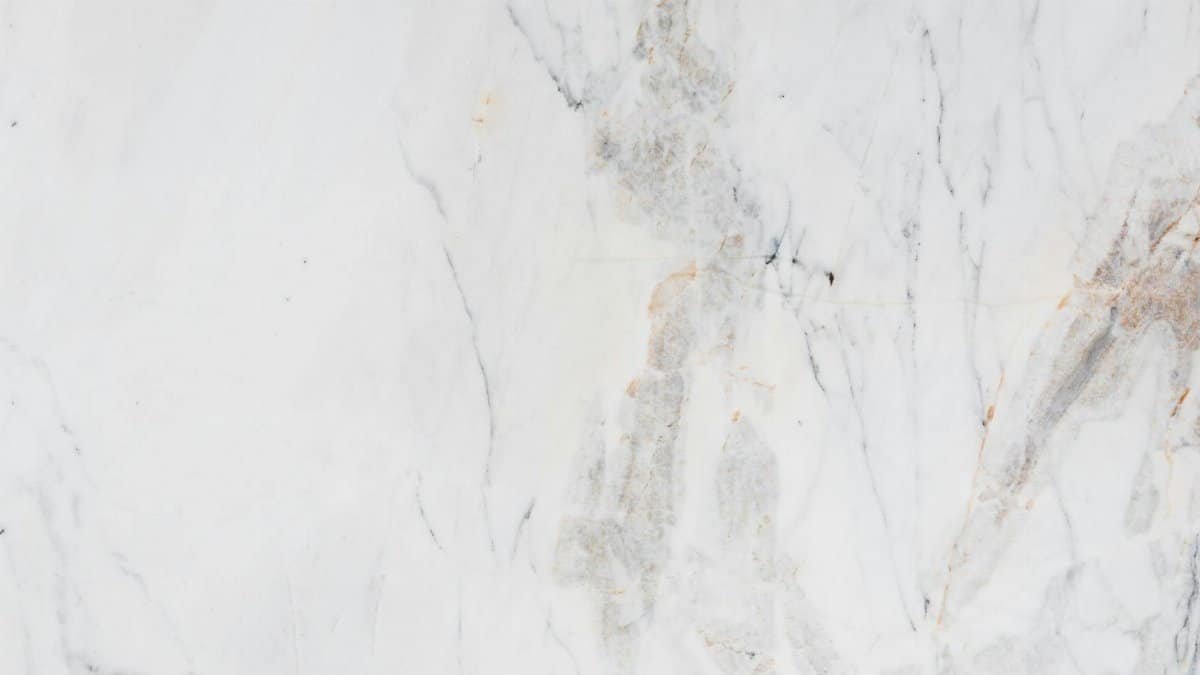
Consistency trumps intensity. Start with guided sessions via free apps. Gradually, go solo. Track progress in a journal.
A retiree in Florida found solace post-loss. Daily walks became mindful rituals. “Nature amplified the healing,” she noted. Studies from the National Institutes of Health affirm nature-enhanced mindfulness boosts mood.
Avoid burnout by varying techniques. Mix meditation with movement. If boredom sets in, explore body scans or loving-kindness exercises.
Ultimately, sustainability comes from self-compassion. Forgive lapses. Each return to presence is a victory, deepening the healing journey.
Potential Pitfalls and Ethical Considerations
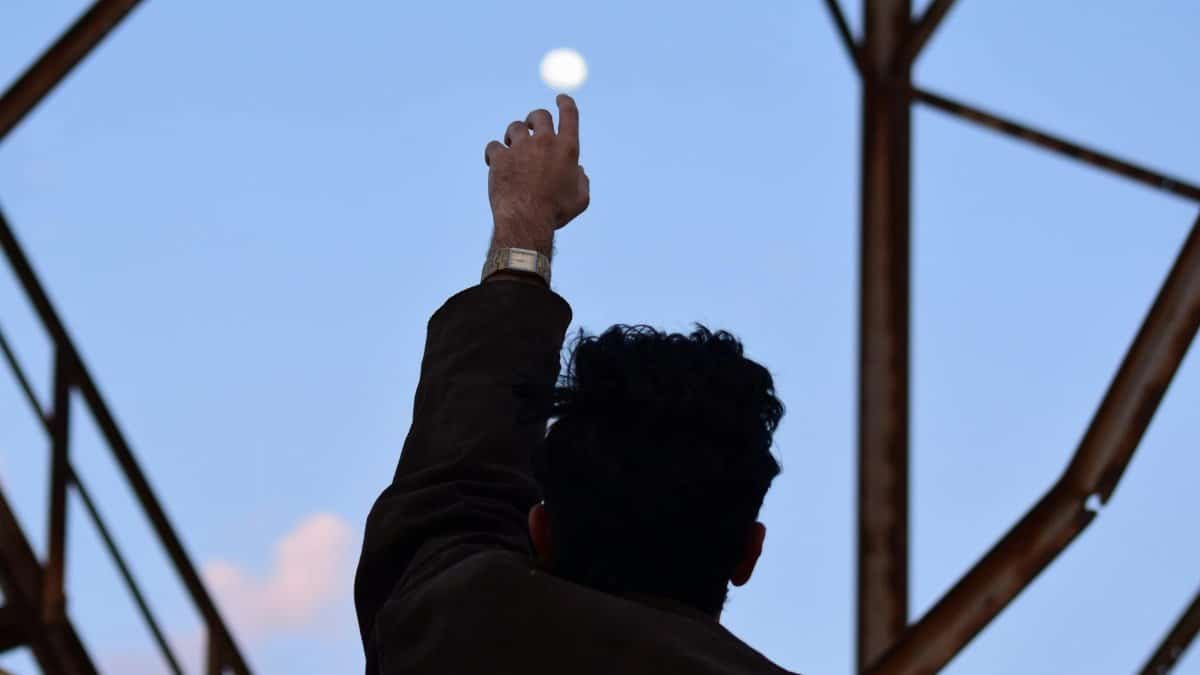
Not everything is rosy. Mindfulness can sometimes intensify distress, especially for those with severe trauma. It is crucial to know when to seek help.
Commercialization raises eyebrows. Expensive retreats promise quick fixes. True healing mindfulness is free, rooted in authenticity.
Ethically, inclusivity matters. Practices should honor diverse cultural origins, avoiding appropriation. A balanced view acknowledges benefits while respecting limits.
In reflection, these pitfalls remind us: Approach with humility. It is a tool, not a cure-all.
Looking Ahead with Mindful Intent

As 2025 unfolds, healing mindfulness evolves. Integration with tech, like VR experiences, expands reach. Yet, the essence remains simple: presence.
Personal stories inspire. A writer in Boston credits it for overcoming creative blocks. “It quieted the inner critic,” he says.
Future research may unlock more. For now, it empowers individuals to heed their body’s wisdom, fostering a more attuned life.
